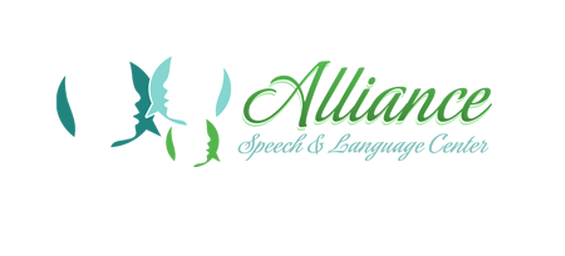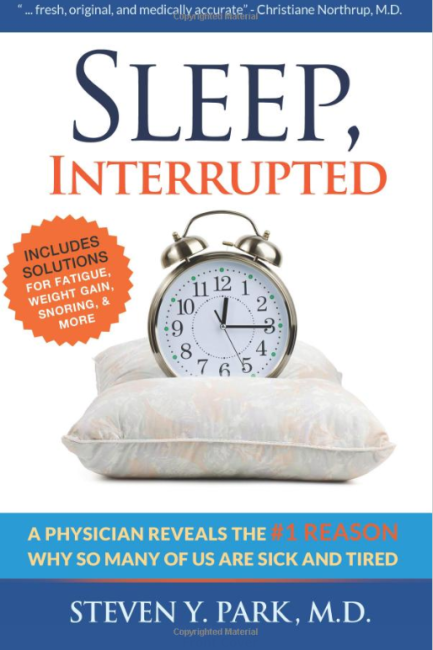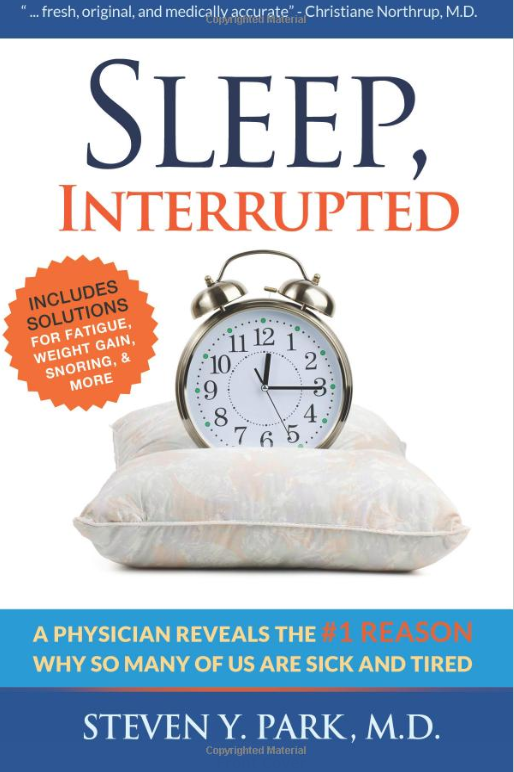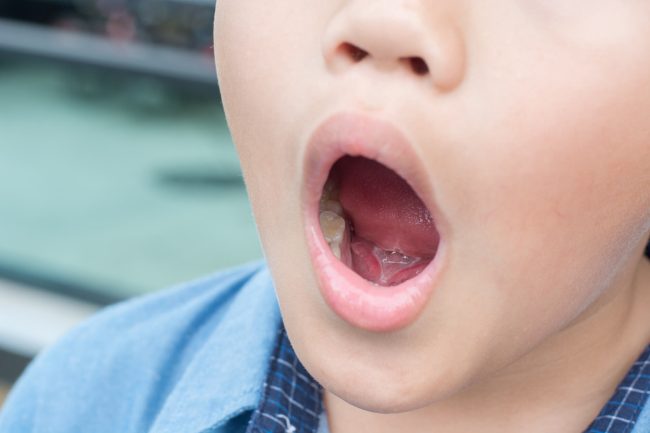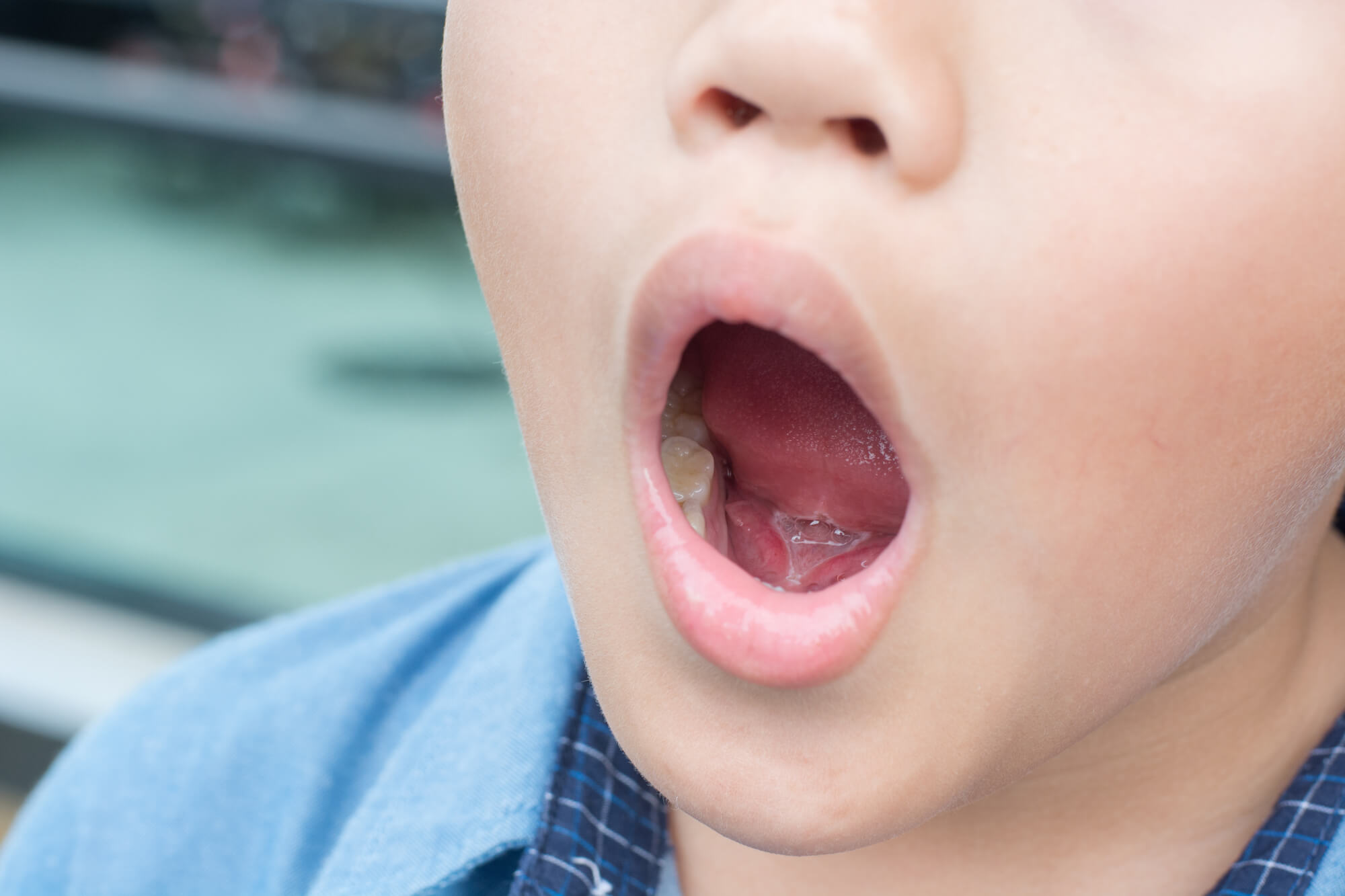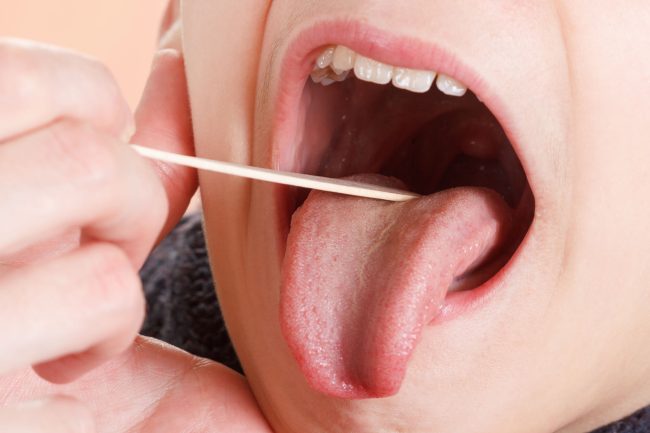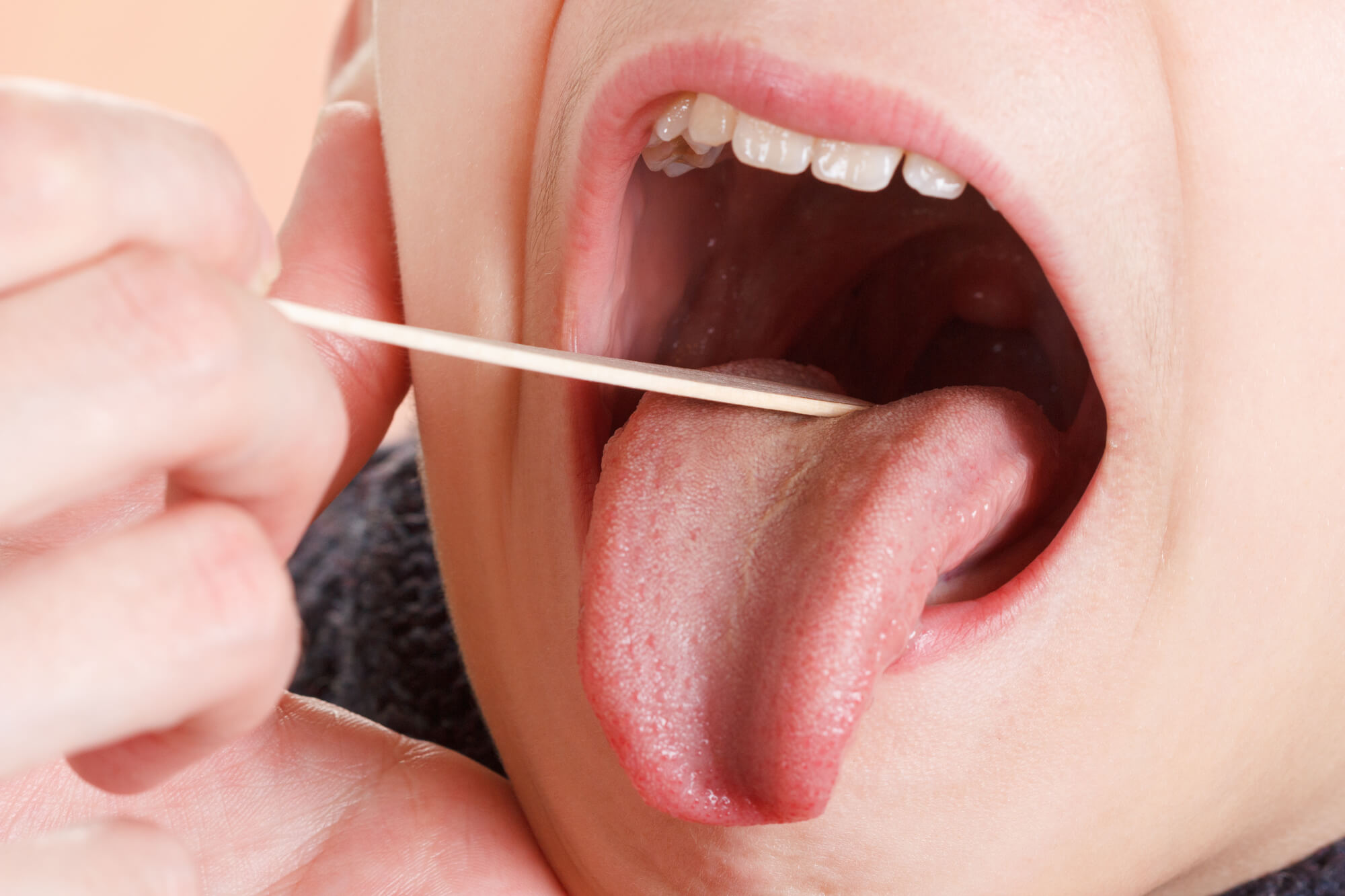
Sleep Apnea in Children: A Handbook for Familie
Has your child been diagnosed with sleep apnea? If so, you're not alone. In this comprehensive handbook for parents, pediatric sleep experts provide answers to the most common and difficult questions from parents, including: What is sleep apnea? What causes sleep apnea? How is sleep apnea diagnosed? How do I prepare my child for a sleep study? What are the treatment options? Why take the tonsils and adenoids out? How do I get my child to wear CPAP?
